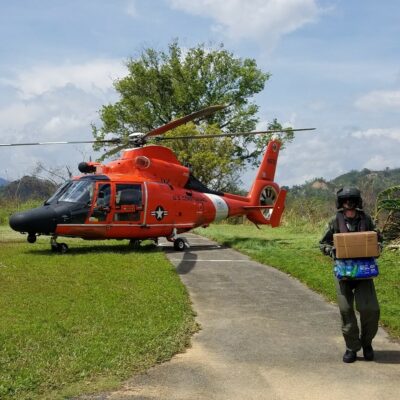
In 2018, the Coast Guard Historian’s Office began documenting the eyewitness accounts of Coast Guard members following the disastrous 2017 hurricane season. During the season, the Coast Guard responded to three massive tropical events affecting central Texas, Puerto Rico (PR) and the U.S. Virgin Islands of St. Thomas, St. Croix and St. John. Separated by many miles, each one of these areas has unique geographic and climate operating conditions. Of these, Hurricane Maria, which hit Puerto Rico on September 20, was the worst, and one in which Coast Guard members and their families were both responders and victims.
Under the guidance of the Atlantic Area Historian, three oral history recording missions were completed to the District 7 (D7) area of responsibility. These included D7 headquarters, Air Station Miami, Sector San Juan and Air Station Borinquen. Each mission lasted between four and five days. Over 70 oral history interviews were recorded, including the commander of D7, pilots, rescue swimmers, Coast Guard members of all ranks and rates, Auxiliarists, civilian employees and Coast Guard spouses. The interviews on average ranged from 45 to 75 minutes and were recorded with digital cameras and memory cards.
In Puerto Rico and the Virgin Islands, the Coast Guard was Semper Paratus in responding to both Hurricanes Irma and Maria. During the early days of September, the Fast Response Cutters based at Sector San Juan were pre-staged at the Dutch Caribbean Island of Curacao to avoid the hurricanes. After the storms, these cutters and their crews were the first ones on site in St. Thomas and St. Croix. Fast Response Cutter Donald Horsley’s commanding officer, Lt. Katherine Ustler, described a scene of “utter devastation.” She recounted that “everything was brown” and the characteristic lush green of the hills was gone. She witnessed submerged and semi-submerged boats floating along Charlotte Amalie’s waterfront. Her crew went ashore and immediately began distributing supplies and evacuating those in need of medical care. After the hurricane passed, the crew of the Coast Guard Cutter Heriberto Hernandez set out for the islands of Vieques and Culebra and towns along the south coast of Puerto Rico. Petty Officer 1st Class Jovan Morales, a boatswains mate and his shipmates delivered supplies, assessed the damage to commercial ports and began the process of re-opening the ports in the area. The cutter’s enlisted personnel, like Petty Officer 2nd Class Andrew Fedynich, an electronics technician, frequently came ashore to assist local communities by troubleshooting generators and waters pumps and helping in every way they could.
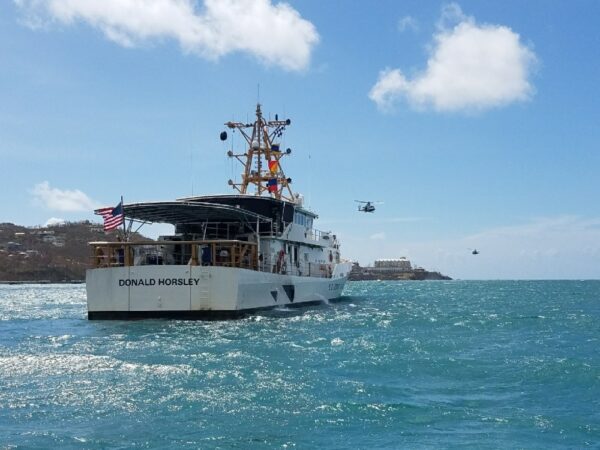
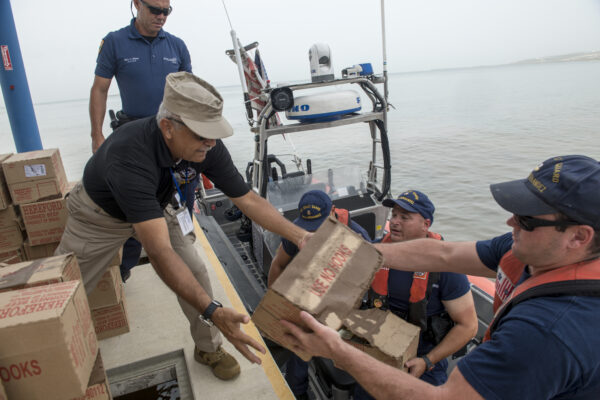
Sector commander, Capt. Eric King, moved his Incident Command Center to the Rio Bayamon Housing Center prior to Hurricane Maria’s arrival. He did this in anticipation of infrastructure damage to the Sector’s operations center. It was a wise decision as the operations center sustained heavy structural damage. Lt. Cdr. Andrew Phipps arrived in Puerto Rico to assume command of the operations center two months before Maria’s landfall. He hit the ground running, sending communications and personnel to facilities at Miami and Martinsburg, West Virginia. In our interview, he recalled, “We shifted our communications posture to Martinsburg, West Virginia, in order to prevent communications loss.” These actions ensured the best response posture after the hurricane to maintain mission-oriented communications ensuring an orderly and coordinated flow of resources in the days that followed.
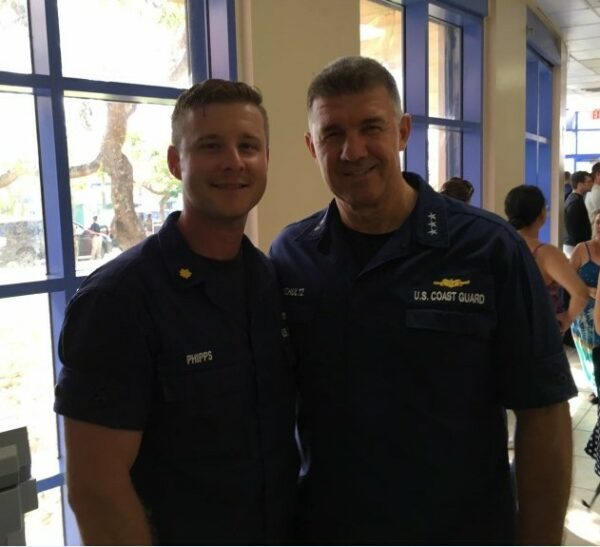
Within hours of the hurricane’s passing, Senior Chief Petty Officer Donald Jeffrey, a machinery technician, began surveying the damage at Sector San Juan. Recalling, “There were [fallen] trees everywhere.” In the aftermath, he also recalled: “Part of the operations building roof blew off, windows were broken, there was water and debris everywhere.” Cdr. Janet Espino-Young had a crew surveying San Juan Bay for hazards to navigation within hours of the storm’s passing. She knew that the island would need a lot of assistance and that opening the commercial ports would be key to receiving it. Petty Officer 2nd Class Justin Curry, a culinary specialist, reported for duty and “did the best he could” to complete his mission. On his days off, he traveled to the island of Vieques at his own expense and helped the local “free kitchen” feed survivors. In his interview, Curry confessed that “I just could not sit at home; I had to help.”
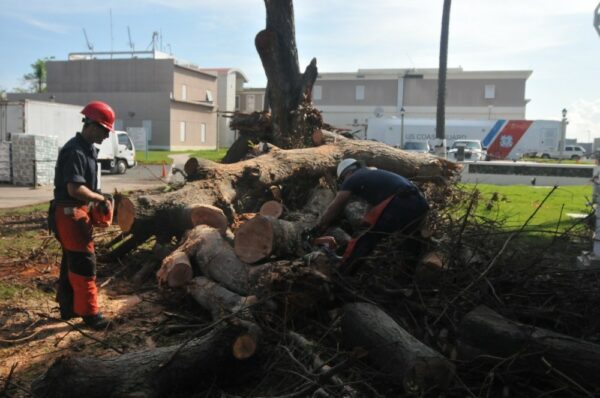
The air station’s command’s Cold War-era hangar had to shelter its aircraft and those of other national and local agencies. These agencies included Border Patrol, U.S. Army, U.S. Navy, Drug Enforcement Agency, local police and others. As operations commander, Cmdr. Jeremy Anderson noted that all these aviation assets were sheltered “with only inches to spare.” During the storm, Petty Officer 1st Class Osiris Torres, an aviation maintenance technician, heard his neighbor calling for help. He braved the wind, rain, and rising water to rescue his neighbor’s elderly mother. When the eye of the hurricane passed over, after hours of 150 mile-per-hour winds and heavy rains, some Coast Guard members inside the hangar ventured outside only to realize they were in for four more hours of pummeling weather. After service members finally emerged, they witnessed conditions that “looked as if a bomb had gone off,” “like a war zone,” and “never seen anything like it.”
Anderson and executive officer, Cmdr. Toby Holdridge, designed clever communications and air traffic rules in the absence of reliable communications after the storm. Air Station Borinquen flyers were airborne as soon as possible to survey the affected areas and provide a damage assessment. The lack of communications restricted their range initially but, in the coming days and weeks, they began to venture into remote areas of the island, with mountains and deep canyons posing challenges for aviators and aircraft.
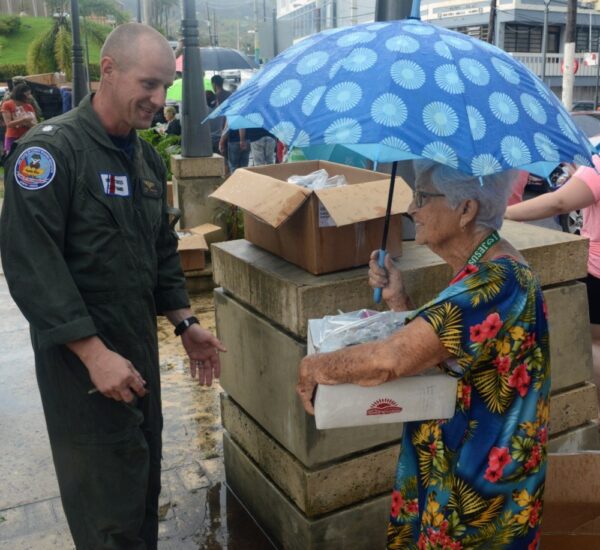
Puerto Rico is not the typical Coast Guard aviation environment. Lt. Matthew Hardgrove, a Borinquen HH-65 helicopter pilot, had flown missions for 2017 hurricanes Harvey and Irma; however, he described Maria’s flying environment as treacherous with high mountains, deep canyons, and cross winds. For Lt. Cmdr. Adam Mullins of Kodiak, Alaska, who volunteered to augment the Borinquen crews in post-Maria relief missions, flying around mountains and canyons was not new; however, he found that “the heat and humidity was the real challenge.”
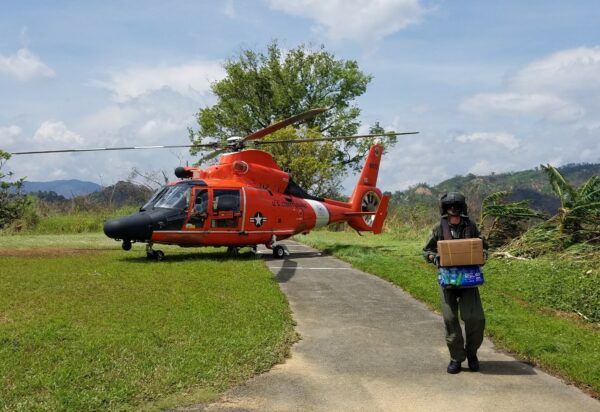
Air Station Miami aviators, Lt. Cmdr. Neil White and Petty Officer 2nd Class John Ferrari, an aviation maintenance technician, witnessed the first post-hurricane aerial views of Puerto Rico. Anticipating severe damage to Borinquen’s installations, White had pre-staged his aircraft at Guantanamo, Cuba, and sortied for Puerto Rico before hurricane winds had abated. He noted the “complete silence out of San Juan air traffic tower, usually very active.” In the aftermath of the storm, White’s Casa H-144A aircraft provided communications capabilities to Sector San Juan and Air Station Borinquen. In addition, he flew countless disaster relief missions between Guantanamo and Borinquen.
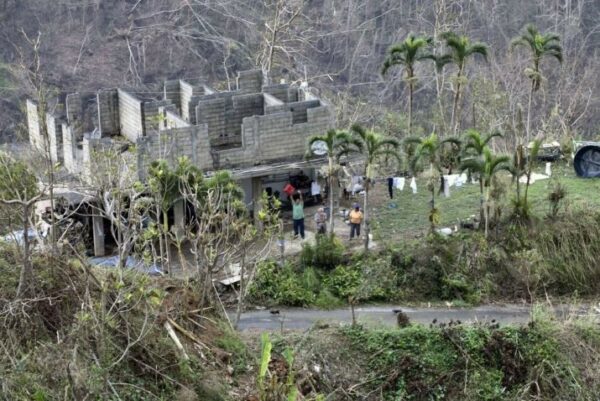
Auxiliarist Carlos Colson reported to Air Station Borinquen’s main gate as soon as his family was safe. He asked the commanding officer “What can I do to help?” For the next several weeks, he supported Borinquen in a variety of ways from cleaning base debris to joining the commissary staff in the galley.
Coast Guard Lawyer Jose Suarez and Command Security Officer Marcelo Rolon found themselves working out of the office at first conducting force accounting and, later, disaster relief missions supporting Coast Guard families and the local populace. For weeks to come, Counselor Suarez assisted Coast Guard members with housing insurance, rental contracts and other less visible but critical legal support missions. After a few weeks, the hurricane response Interagency Command Center was stood-up at the San Juan Convention Center. This made Public Affairs Officer Ricardo Castrodad’s job easier. Within days of the hurricane’s landfall, he returned to his duties providing D7’s public affairs reports to national and international news organizations. Castrodad excelled in his duties and was subsequently called-up to active duty to perform the same function as a U.S. Army Reservist.
Coast Guard spouses and children made sacrifices as well. Days before the hurricane’s impact, evacuation flights were offered to the families of Coast Guard personnel. For each family, the decision was difficult. Lisa Anderson decided to stay, weather the hurricane and support her husband and his mission. However, the deteriorating infrastructure conditions after the disaster exposed her and her children to other dangers and she eventually decided to evacuate for their sake. It would be months before the Anderson family would reunite. This heart-wrenching scenario played-out with most every Coast Guard family, and their courage matched that of their spouses in uniform.
Every one of the oral histories recorded for Hurricane Maria proved compelling and revealed the commitment to service, devotion to duty and willingness to make sacrifices that characterize the Coast Guard and the Coast Guard community. Each of the interviewees made sacrifices for others and endured personal privations. The path to something that resembles normalcy was long and tortuous for Coast Guard members in this region. It would take weeks, even months for utilities to be restored and some semblance of routine to return to their lives. Yet, repeatedly, while recording oral history interviews with these heroic men and women, I heard messages similar to that of Petty Officer 2nd Class Justin Curry, a culinary specialist,: “I would do it all over again in a heartbeat.”
National Coast Guard Museum insider tip: The Coast Guard’s response to Hurricane maria, and other natural disasters will be covered in the Hurricanes and Floods exhibit on Deck02 of the National Coast Guard Museum.
